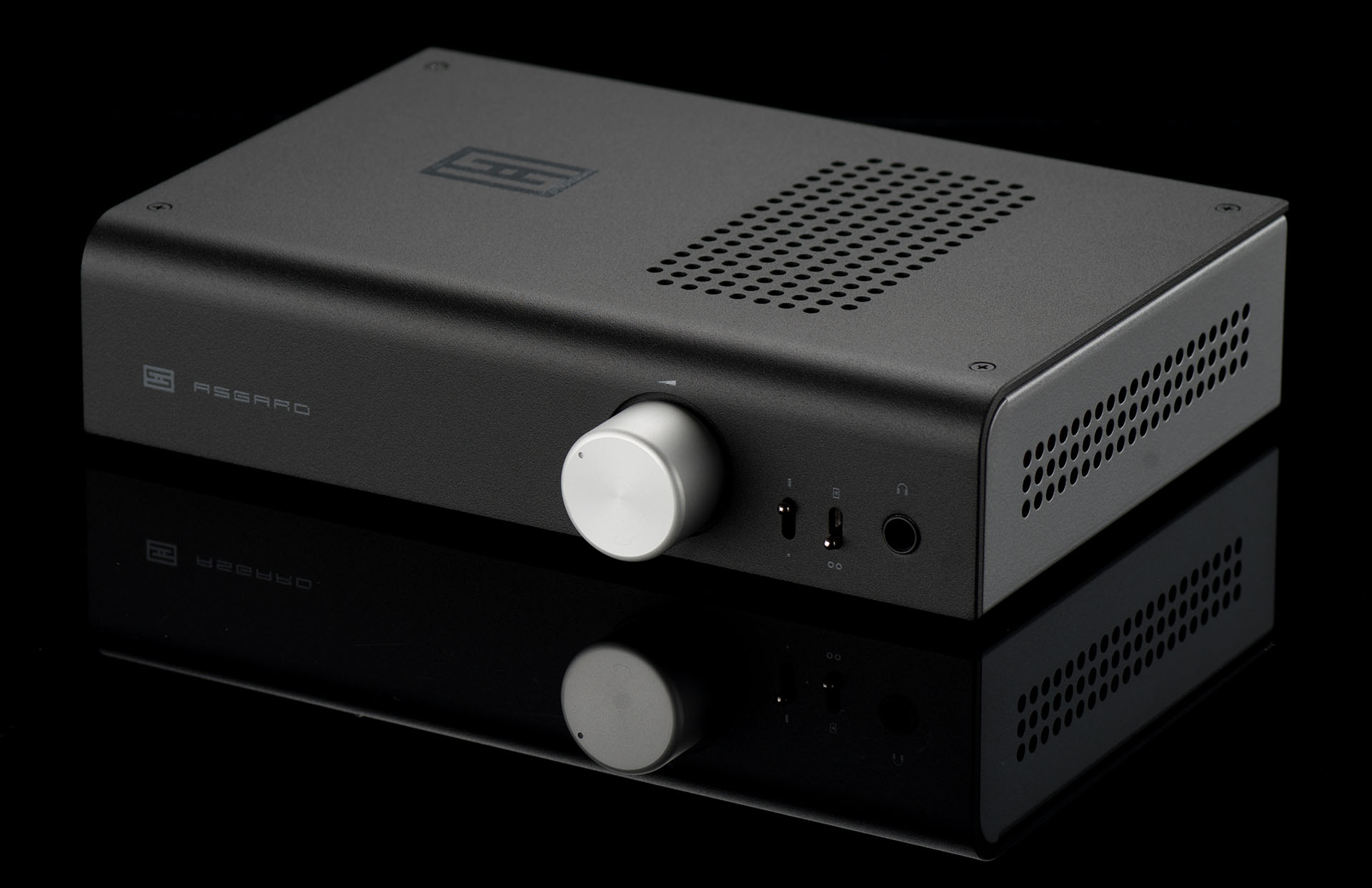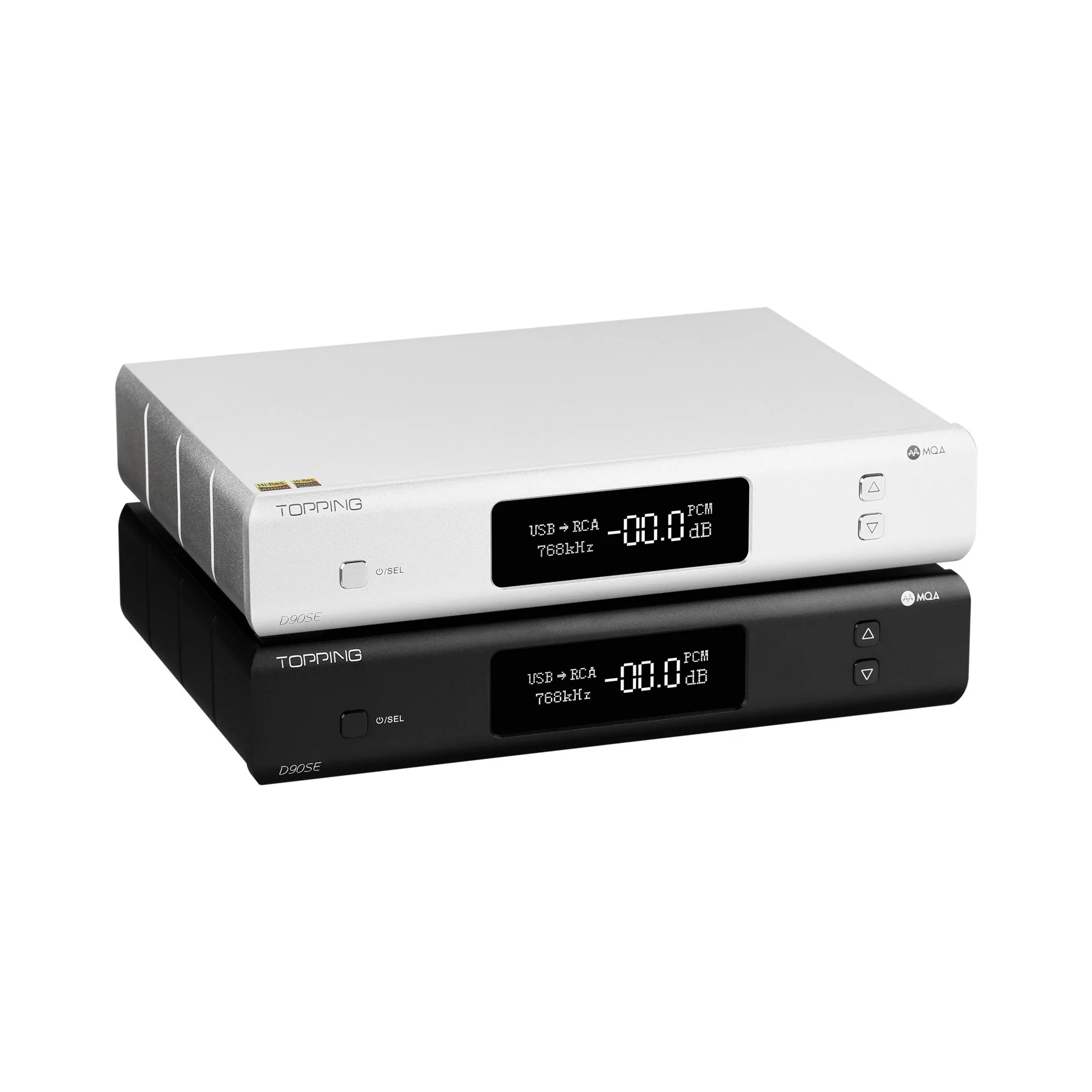
I've finally decided to venture away from Schiit DACs into something truly R2R.
The Ares II is well regarded as a true endgame DAC for most people, and the
price tag is certainly higher than anything else I've owned, costing about 3x
what the current price of my Hifiman Sundara are going for, and this is just a
DAC. That said, I was looking to up my audio experience, heard amazing things
about it, and I'll let you know what I found with my equipment.
The Ares II is an R2R DAC. This has the unfortunate downside of meaning that it
needs to warm up. The day it showed up, I knew this, but ignored common sense
and listened to it anyways. It's hard to describe the transition it went
through, but the best I can say is that it lacked much detail when totally cold.
A lot of things were missing, everything sounded compressed, and it had a haze
over everything. It took about 2-3 days to really come to life, but it was at
least not a massive step down from an Apple dongle after probably 6-8 hours, and
at least on par with that.
This is the first DAC head to head I've had to attempt, so I'll do some back and
fourths between songs to give comparisons. I can't note every last difference in
them, but I'll try to get anything I feel is worth talking about in this section.
Where possible, balanced connections will be used, but if only single ended is
supported, that is what will be used. All mentions of any differences should be
considered a composite of all of the amps unless one is specifically mentioned.
All tracks are of CD quality or higher, and streamed from an Airsonic server to
Sonixd connected to an M1 Mac Mini via USB.
Equipment used for testing
- DACs
- Schiit Modi 2 Uber
- Denafrips Ares II
- Amps
- Asgard 3
- Jotunheim 2 (modded)
- Valhalla 2
- Headphones
- Hifiman Sundara
- ZMF Auteur
Link to song
Starting right at the beginning of the song, it's noticeable that there is
slightly less haze over this highly complex song on the Ares. The bass
throughout the track is much more well defined. It's all there on the Modi, but
it's not nearly as distinct. Impact and layer separation on the Ares is quite a
lot better. The sound goes from sounding busy and becomes much easier to pick
out the instruments from the layers of what sounded like a pleasant, but complex
blob of sound on the Modi. This becomes very obvious around the drop at 3:30 in
the song. The Ares seems to have much more detail, and when it fades to nothing,
right before the drop, and right into it, it becomes much more impactful.
Link to song
Acoustic instruments is where the Ares really starts to stretch it's legs.
All acoustic instruments seem to sound much more real to life. This applies to
not only the stringed instruments, but the drums having a more real to life
timbre. On the modi, the stringed instruments have a tendency to fall into the
background. Thanks to the extra resolution, echos come through much more clear
that were boarder line inaudible on the Modi. Right at the intro of the song,
the bells have an unnatural timbre that makes them seem more in the distance or
clouded on the modi, but the extra resolution on the Ares really makes them
sound a lot more true to life.
Link to song
For something totally different, this seemed to be a different kind of test.
I was proven instantly that all DAC's don't sound the same, and sometimes it
doesn't go the way you expect. Right at the beginning of the song, the bass line
backs vocals, and the Modi clearly has an advantage here in that regard. At
first I thought the ZMF Auteur needed to be upgraded to Classics as the bass
seemed to distort the vocals. There is some truth to that, but even on the
Sundara, when the volume is pushed up to a nice loud, but still listenable,
level, the vocals distorted. This seems to be part of the recording to some
degree as no matter the amp or DAC I throw at it, it never goes away completely,
but it happens noticeably less on the Modi with the Sundara than any other pair.
After letting it go on loop for a while, as I listen to the tracks many times, I
did find the track to fatigue much more with the Modi and the Jot combo, but
feeding with the Ares or either into the Asgard 3, it calmed down, even at
higher volumes. The track is simple, and produced enough that I don't find any
major areas that I can point to the Ares being better here other than being less
fatiguing, which to me, is a plus, but the lack of control on the bass in this
specific instance may be a deal breaker for some.
Link to song
This is quite the simple song at first glance. Not much going on in terms of
layering, but a nice strong bass line, and contrasting female vocals. This
really stresses control of at least bass, as opposed to sub bass from Tom Ford,
and here, the Ares really shines again. There's a lot of details in the
background here that seem to be flat out missing on the Modi. The air seems to
be much more thin on the Modi and really open up switching back and fourth.
Echos, trailing notes, fading sounds all extend much farther.
Over all, I feel that acoustic instruments have a much more natural timbre on
the Ares II than the Modi. It also comes off as much "smoother" in terms of
fatigue, but not rounded off. The detail is clearly all there, but less "in your
face" than any Delta Sigma I've heard personally. The older AKM Modi is still
far better than the ESS chips I have given a critical listen to, but it's not as
pleasant as the Ares. Some albums or tracks left me feeling fatigued quickly,
notably 'Til The End - MitiS would leave me unable to listen to music for
reasons I still can't explain, and only after a few tracks of the album. This is
gone on the Ares completely. Another thing that wasn't insanely apparent in the
tracks that were listed above, but are easy to notice is that the sound stage is
much wider on the Ares, especially when mixed with the Valhalla. The Sundara are
known to be intimate headptones, and those also gained some sound stage on the
Ares, which was quite the surprise. The Auteur gained the most in this regard,
and it's enjoyable to listen to well produced music. Tool - Lateralus comes to
mind here, as the drums sound like they are being played exactly where they are
in space, as opposed to sounding less defined and just a blob of in your head on
the Modi.
These are different architectures at VERY different price points. It seems
stupid to compare them, but I have them both, and it gave an interesting look at
"what a DAC sounds like". If you have headphones reaching into the $1000 price
tag, and are looking for more out of them, I can wholeheartedly recommend the
Ares II to almost anyone. With rare exception, it has performed leagues above
the Modi as it should, with only Tom Ford being the exception, and for all I
know, that's just how the recording actually is, and it's just being revealed
better. If electronic music is your primary option, there is likely to be a
delta sigma DAC that can give you more in this price range, but if you want all
of the detail there, but not as in your face, I can say this is the top pick
from me. It's still no slouch for electronic, and that's one of my primary
genres, but I had to leave something bad. For acoustic, orchestral, anything
naturally produces, this is a flawless device, and I don't know what could
possibly beat it until you get into the many thousands of dollars.


